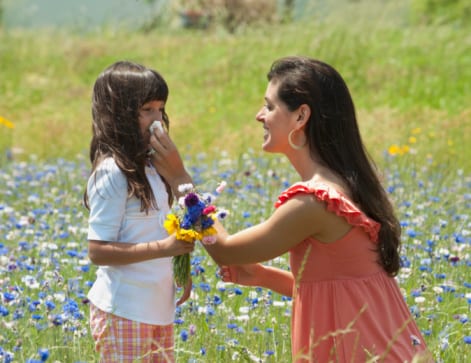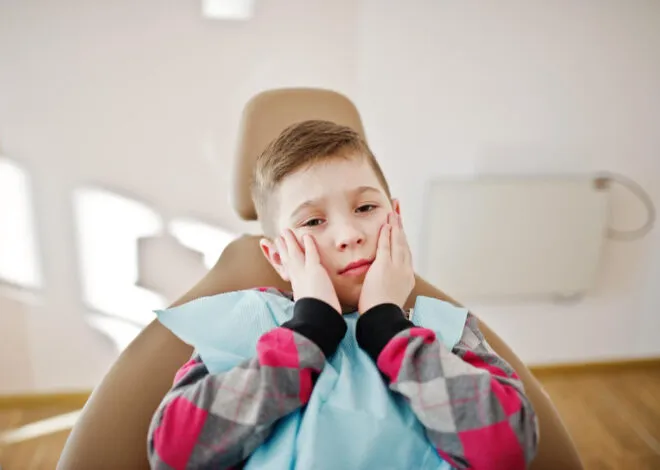I love spring. Most of the country is finishing their wet winter and the sun is starting to shine.We can look forward to grasses, trees, and flowers blooming. This is beautiful to look at, but for many children it is a sneezy, itchy, watery-eyed nightmare. Our expert Dr.Mike tells us everything we need to know about allergies and how to handle them.
The Many Sufferers
Approximately fifty million Americans, or about 1 in 5, have allergies. The majority of these people have pollen allergies and thus suffer more during spring and summer.
Clinical Threshold
There is an interesting fact about allergies that most don’t know: people with allergies have a “clinical threshold”. Once someone’s body passes this threshold is when they develop the common allergy symptoms. You see, what a person is allergic to, called an allergen, is cumulative. This means that you can be exposed to allergen and not feel symptoms until your body crosses your clinical threshold.
An Example
For example, you might be allergic to a pet dog or cat all year long but only feel the allergy symptoms when a pollen allergen is added to the pet allergen and the combination is over your clinical threshold. A lot of my patients blame the grass, when actually it is something else in their environment that is causing most of their allergy problem. This is one of the reasons we test for allergies. If we can find an allergen like dust or pet dander, it can be eliminated a lot easier than the gazillion types of pollen producing plants in our environment.
Symptoms
Another important point is there are symptoms other than the typical sneezing and watery eyes that could be related to allergies. Children with asthma and/or eczema sometimes have respiratory or food allergies as part of their underlying problem. Also, kids with recurrent upper respiratory infections and sinus infections could be suffering from allergies.
Testing for Allergies
Testing for allergies has become easier. There is a simple blood test that is a powerful diagnostic tool. Also, allergy specialists can perform skin testing to determine allergies to both respiratory and food based allergens.
Treatments
There are many treatment options. The best treatment for allergies is to avoid the allergen. In most instances, this is easier said than done. A child with significant pollen allergy still wants to play outdoors. Telling a family to get rid of their household pet is usually met with resistance. There are numerous medications, both over-the-counter and prescription, in the form of oral medications, nasal sprays and eye drops that work well if avoidance is difficult.
Controlling Symptoms
With all the diagnostic tests and treatment options available, allergy symptoms are becoming easier to control. Be sure to discuss this with your doctor to see what your child’s best options are if he/she is an allergy sufferer.
A Note From Dr. Mike:
All information given is not a substitute for the advice of your pediatrician, primary care provider or trained health professional. Always consult with your pediatrician or health care professional.
About Dr. Mike
Dr. Mike has been practicing general pediatrics in a suburb of Los Angeles for over 10 years. He is married and has a six year old son and a three year old daughter. He enjoys golf, football and family time. His higher education has all been through the University of California system – Bachelor of Science with honors from UCLA, his MD degree from University of California at Irvine and his pediatric training at UCLA. He is the featured pediatrician in the DVD, Newborn Care 101 – What Parents Need To Know (www.newborncare101.com).





